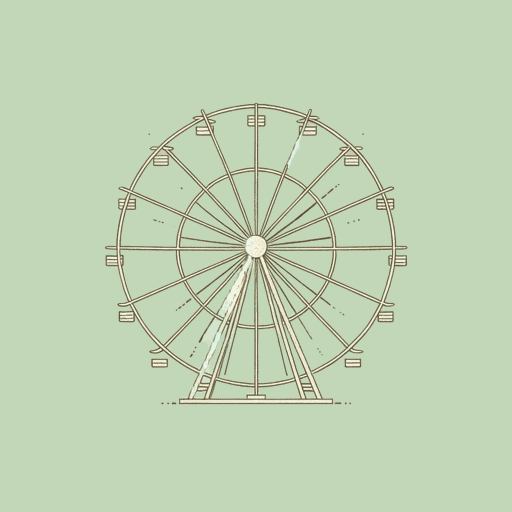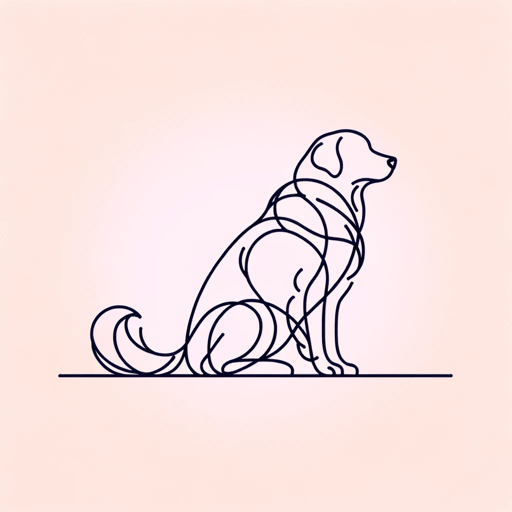72 pages • 2 hours read
Ann M. MartinA Corner of the Universe
Fiction | Novel | Middle Grade | Published in 2002A modern alternative to SparkNotes and CliffsNotes, SuperSummary offers high-quality Study Guides with detailed chapter summaries and analysis of major themes, characters, and more.
Background
Social-Historical: Mental Illness and Autism Spectrum Disorder in the 1950s
None of the adult characters in A Corner of the Universe shares a definitive diagnosis of Adam’s mental problems. Instead, family and friends use euphemisms that negatively distance Adam from what socially acceptability: Adam is “not quite…right” (31), he is “funny,” or simply, “mentally ill.” Adam is different from “normal” people. The doctors that Nana and Papa took Adam to as a youth said he had symptoms of schizophrenia or autism—wildly different diagnoses by today’s standards that show how little understood mental illness and autism were in the 1950s. People believed there was no cure or treatment for mental problems. Those with mental illnesses faced extreme discrimination and stigma.
Adam presents with a few symptoms of autism, including having trouble regulating emotion.2 Autism Spectrum Disorder (ASD) was first diagnosed by psychiatrist Leo Kanner in 1943, so it was a comparatively new disorder at the time of the novel’s setting. Autism is a developmental disorder, rather than a mental illness, though people with ASD also have higher rates of depression and anxiety.3 Adam, notably, feels isolated and depressed. He is aware of his alienation from regular life. He knows that he is an adult and possesses adult desires, yet he is treated as a child because of his difference.
Related Titles
By Ann M. Martin
Featured Collections
American Literature
View Collection
Coming-of-Age Journeys
View Collection
Coping with Death
View Collection
Diverse Voices (Middle Grade)
View Collection
Family
View Collection
Health & Medicine
View Collection
Mental Illness
View Collection
National Suicide Prevention Month
View Collection
Newbery Medal & Honor Books
View Collection
Realistic Fiction (Middle Grade)
View Collection
SuperSummary Staff Picks
View Collection



